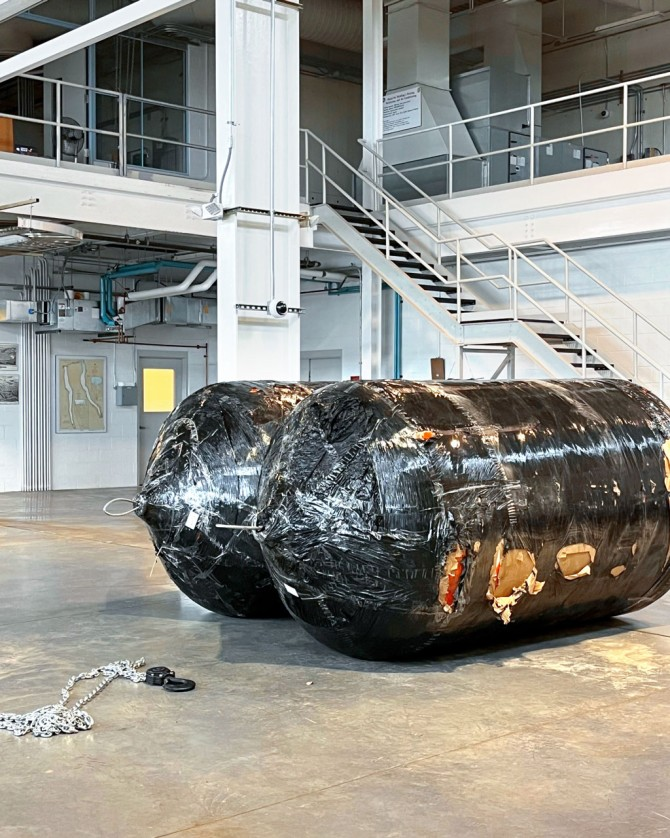Cornell University’s Lake Source Cooling (LSC) system has undergone essential maintenance recently to combat the encroachment of invasive mussels and debris. A new approach has been devised, utilizing 3D printed components to streamline the process.

The LSC system leverages the frigid depths of Cayuga Lake to provide cooling on the campus. Its use has significantly reduced electricity consumption and costs for Cornell University and Ithaca High School. However, the accumulation of zebra and quagga mussels have posed a persistent challenge, necessitating periodic maintenance.
Engineers, including undergraduates and underwater robots, executed a meticulous cleaning operation, employing cylindrical “pigs” to clear the intake pipes. This intricate process, akin to threading a needle in murky waters, required precision and expertise.

To assist, engineering student Mark Tarazi crafted custom 3D printed shackle-alignment tabs to aid in the cleaning of the intake screen, situated 250 feet beneath the lake’s surface. This adjustment proved pivotal in the larger endeavor to preserve the efficiency of the LSC system.
While the task incurred substantial costs and demanded extensive manpower, the long-term benefits justify the investment. By maintaining the functionality of the LSC system, Cornell University continues its commitment to sustainability and energy efficiency.
Source: news.cornell.edu
Come and let us know your thoughts on our Facebook, X, and LinkedIn pages, and don’t forget to sign up for our weekly additive manufacturing newsletter to get all the latest stories delivered right to your inbox.

